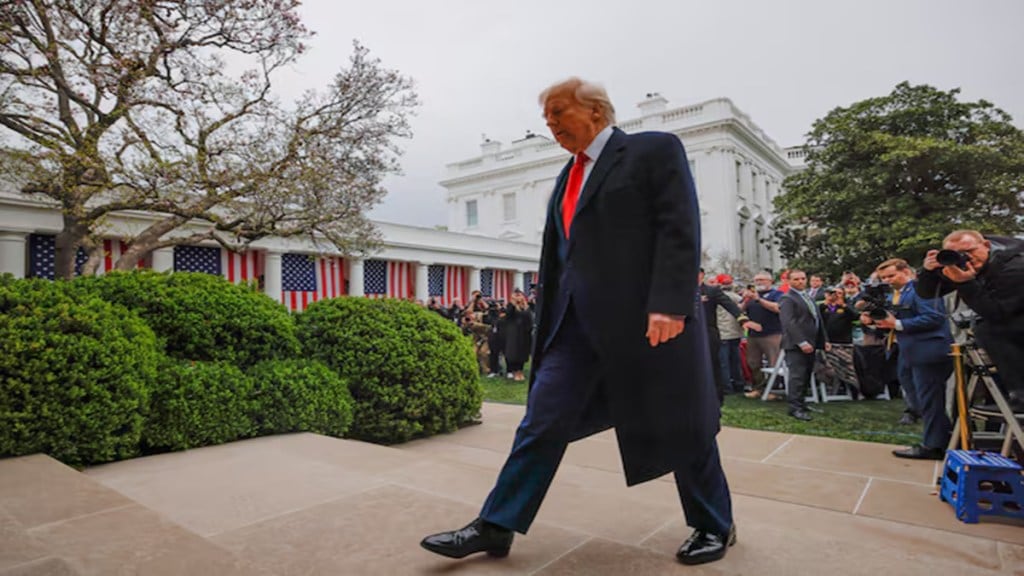US President Donald Trump’s latest executive order seeks to slash prices of prescription drugs by 30-80%. The idea behind the move is to let US consumers “pay the same price (for medicines) as the nation that pays the lowest price anywhere in the world”. The order provides a 30-day window for implementation, but lacks concrete details about how the cost of the price cuts will be shared among the stakeholders. In any case, Trump’s move amounts to a radical policy shift. If implemented in letter and spirit, the order could have serious adverse implications for Big Pharma and half a dozen monopolistic drug distributors — pharmacy benefit managers — in the US market, which corner big margins in proprietary drugs business. The new policy might also negatively impact innovation-driven pharma companies in Europe, Asia, and elsewhere, and to a lesser extent, exporters of generic drugs to the US.
India currently has only a 13% share in the US generic drugs market by value with its annual shipments worth about $10 billion. But it accounts for more than 40% of such products sold in that country, as Indian medicines are among the least expensive. So, the formula to bring US prices to the “most favoured nation” prices might not require Indian drug makers to adjust their prices any further in most cases. To that extent, adverse impact on their export business will be muted. What, however, causes concern is that tight price controls on patented drugs in the world’s largest market could spell a death knell for new drug research and discovery. For the world’s largest economy, which ranks seventh in per capita income, to expect the prices of prescription medicines to be at par with the lowest in any nation is unreasonable.
Trump’s approach here, as with his policies related to import tariffs, and climate, is odd and self-defeating. As such, the pipeline of new chemical entities/biologicals, with breakthrough therapeutic value and commercial blockbuster status, has dried up since the dawn of the millennium. Drug development time-lines haven’t seen any major reduction either. Attrition rate among drug candidates remains frustratingly high, causing R&D costs to spiral out of control. Launch of new patented drugs are not keeping pace with patent expiration. The ordinary American has low-cost options for medicines — nearly 90% of the US pharma market by volume is constituted by generic products, while in value terms these account for barely 15%. Those who buy patented products are the rich, who can afford to pay, and fund mankind’s quest for vastly improved healthcare systems. Trump wants cost of innovation to be shared “equitably” by all stakeholders. In effect, as proprietary medicines fail to recoup costs, a higher burden of healthcare goals would fall on taxpayers.
For the Indian drug industry, especially the creamy layer of it, the development must be a wake-up call. They have long benefitted from India’s intellectual property rights policies, which militate against ever-greening of patents, and deny extended “data exclusivity” to patent holders. As Big Pharma is likely to turn more risk-averse, Indian companies can’t rest on their past laurels. They ought to seize the opportunity to augment their R&D endeavour. Indian firms can be among the early movers in the use of artificial intelligence for design, testing, and efficacy analysis of drug candidates, and novel in vitro techniques to develop personalised treatment options.
